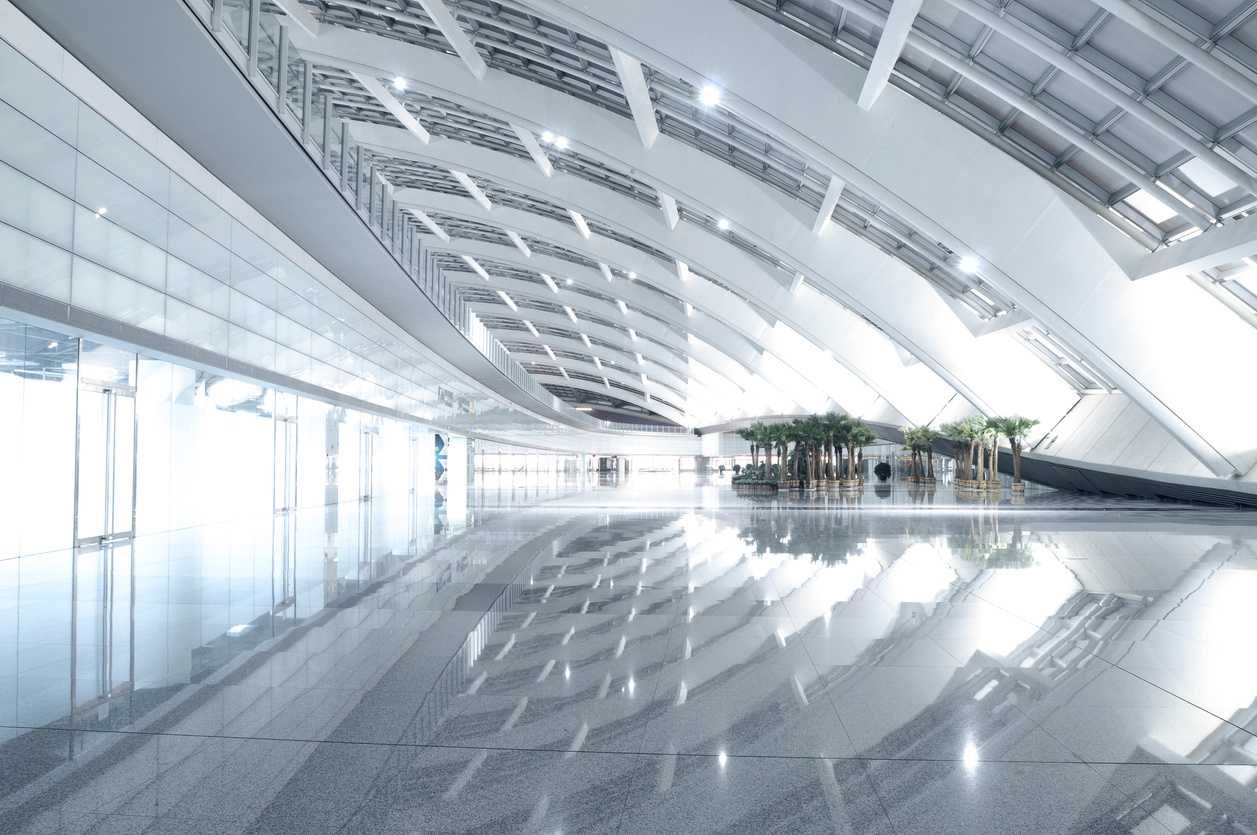I’ve been looking into rapid heating and cooling for my dwelling.
- We’ve never been able to have a whole-dwelling temperature control program because the dwelling lacks ductwork.
Our dwelling is drastically aged and the walls are too narrow to accommodate conventional ducts. Not to mention, I don’t want to undertake the lengthy, messy and expensive construction project. However, a rapid HVAC appliance can be implemented without renovation. The Heating plus Air Conditioning installers can snake the bendy and narrow tubing around existing studs and rafters, which keeps the overall costs a great deal lower… I won’t need to pay anyone to tear down aged plaster and put up brand new drywall. There’s no massive cleanup, painting or disruption of my family’s lifestyle. However, there are a couple of pitfalls and setbacks to consider. It’s absolutely challenging to accurately estimate the exact cost of rapid Heating plus Air Conditioning replacement. The installers can’t be entirely sure what’s hidden inside the walls. Restrictions such as plumbing pipes or electrical wires might be discovered in unexpected locales. Navigating around obstacles takes extra time and labor, adding up to a higher price than anticipated. Because rapid HVAC systems push heated and cooled air with a ton of force, the blast of air can be seriously uncomfortable, especially near the vents. However, the vents are absolutely small in diameter and can be positioned just about anywhere. I’m hoping to find a spot in each room that’s nowhere near where the group of us would tend to rest or stand. Another drawback is that high-velocity systems are regularly noisier than conventional heating and cooling appliance options. There are particular manufacturers who offer muffling technology to reduce the sound. In the end, I feel the small number of pitfalls are worth the benefits of a whole-dwelling temperature control system.
